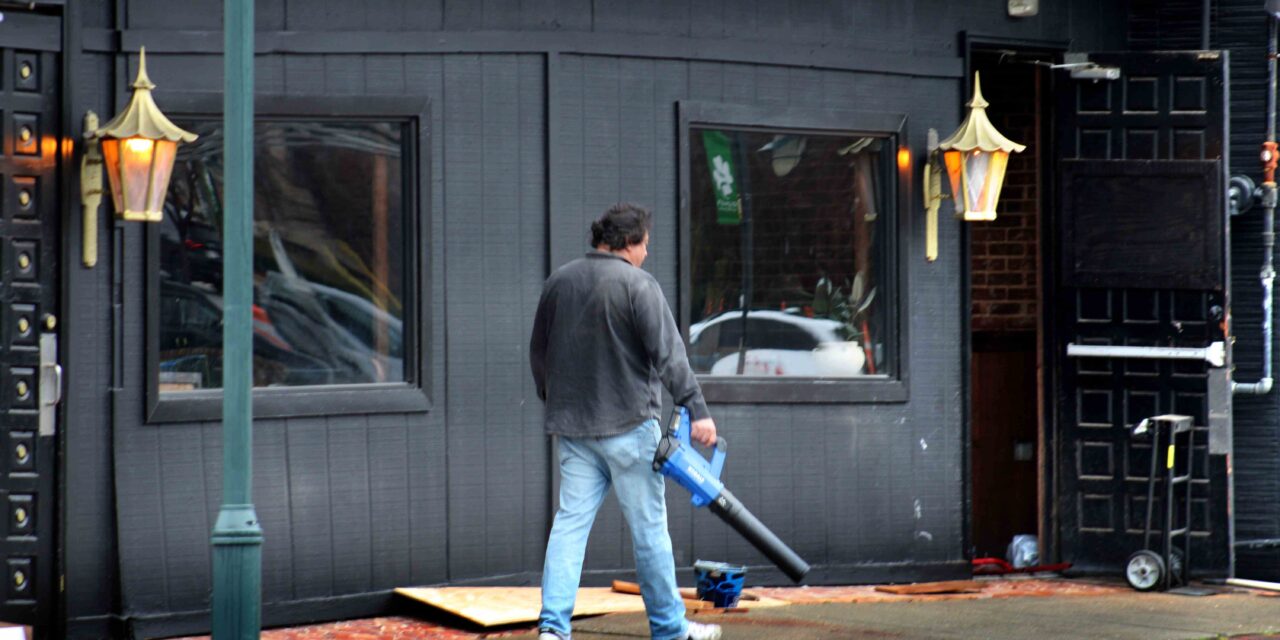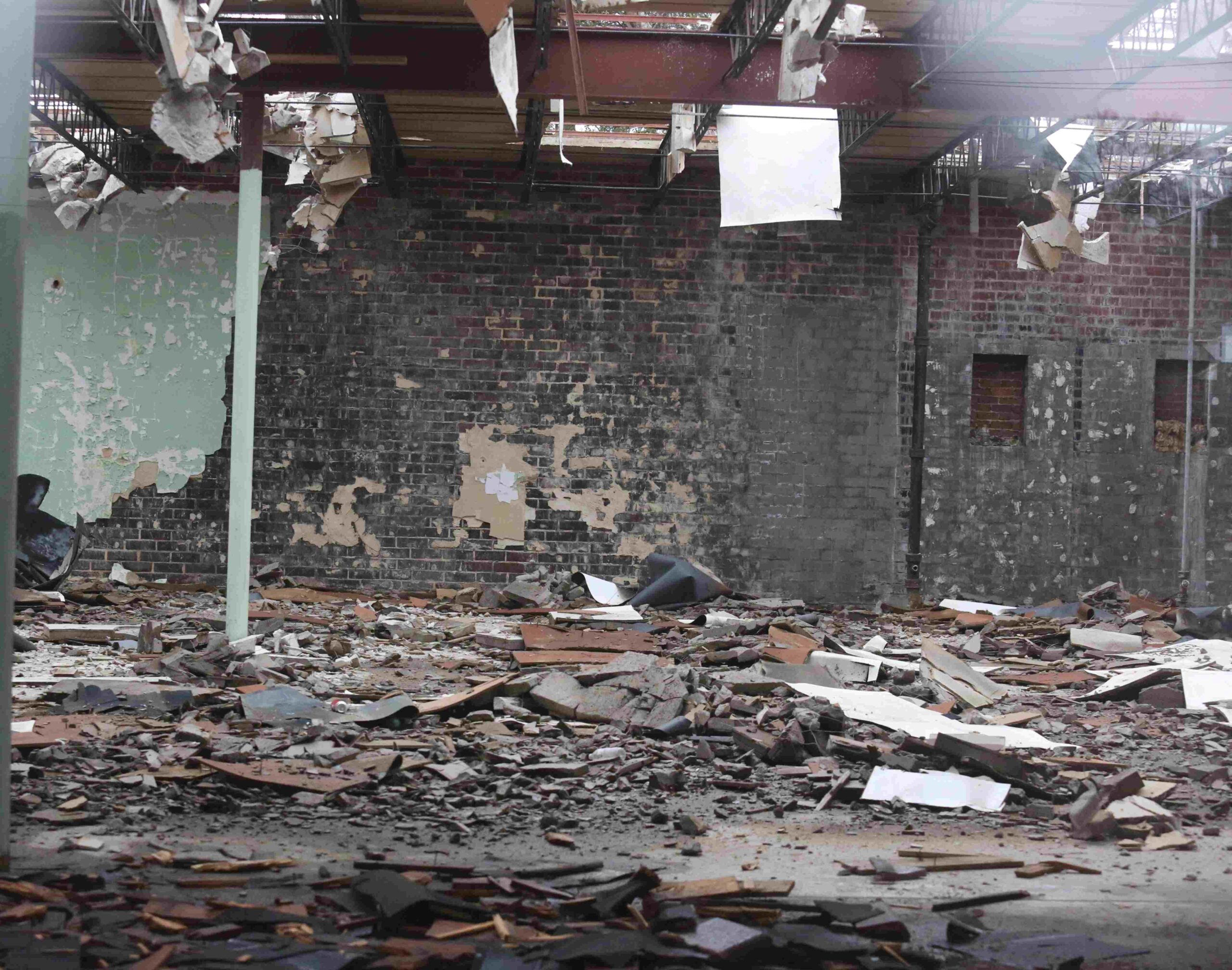A worker cleans outside the former Moosehead Saloon, which closed in early 2021. (Photo by Amia Bennett/Carolina News & Reporter)
The streets of downtown Columbia have a wide variety of coffee shops, restaurants and local stores.
But along the busy streets filled with pedestrians, cars and businesses, some buildings stand empty. Their paint is peeling, windows are broken, and for years, they’ve been left untouched.
Many of these storefronts have been vacant for a long time because owners aren’t willing, or able, to fix them up.
“I think some of the buildings that are out there that have kind of been chronically vacant,” said Ryan Coleman, director of Columbia Economic Development, a city office that works to attract investment. “We see an issue where sometimes owners aren’t willing to invest in up-fitting buildings and preparing them for new people to come in.”
Scott Garvin, an architect and owner of Garvin Design Group and a key figure in revitalizing the Vista, also has noticed this trend.
“Over time, things break, things get old, things run down, and it gets more and more expensive to maintain it,” Garvin said. “So, at some point they just, they quit doing it either, because of cost or other reasons.”
Many of Columbia’s older buildings date to the early 1900s. Their worn brick walls and faded signs tell stories of the past. Some owners hold onto them, hoping to pass them down to their children, even if they’re empty for some time.
“Most of the old buildings have been owned by people or families for years and years, and they’re emotionally attached to them,” Garvin said. “They want to give them to their children in their estate, and their children don’t want them because they have to spend a lot of money to bring them back to life.”
For buyers or business owners looking to invest in these spaces, the price can be overwhelming. Property values keep rising, and the cost of repairs – sometimes hundreds of thousands of dollars – makes it hard for small businesses to afford them.
“There’s a lot of surprises,” Garvin said. “There are a lot of unknowns, and it scares away a lot of developers and investors who would normally invest in real estate.”
But for some property owners, the cost of renovation isn’t the only issue – it’s the choice not to lease at all. Instead of investing in repairs or finding tenants, they sit on these properties, waiting for their value to rise.
Steve Cook, a longtime business owner in Five Points, believes that tactic is one of the biggest reasons storefronts remain empty for years.
“The single biggest cause of vacant storefronts, in Five Points at least, is landlords who are squatting on the property or not even accepting applications for tenants or attempting to lease the property at all,” Cook said.
That leaves storefronts empty, creating dead spaces in areas that could be full of businesses. While would-be business owners search for locations, many properties remain untouched, their potential wasted.
“They don’t even care,” Cook said, “They’re just sitting there. The properties been owned for 60 to 70 years. And they’re just kind of squatting on it, and that sounds weird to people. They don’t understand how you would just not have something there. But I mean, you don’t even see for lease signs in some of these buildings.”
In some parts of downtown, not just one but clusters of empty storefronts sit side by side, untouched and overlooked and pulling down the value of an entire area. And new businesses aren’t interested in locations that don’t offer enough foot traffic or visibility to make their investment worthwhile.
Certain areas, especially those farther from the city’s busiest parts, don’t attract the same steady flow of customers. Opening a business in these areas can be a financial gamble.
John Gressette, a senior brokerage associate at Colliers International, said many of his clients rely on data and analytics to pinpoint the most profitable locations. Even a short distance from a busy area can make all the difference.
“Maybe half a block or two down the street there are three or four things vacant, but it’s not in that hot spot,” Gressette said. “And so they’re not going to look at that because it’s not close enough to where the analytics tell them they need to be.”
Success for many business owners isn’t just about finding an open space. It’s about being surrounded by other thriving businesses.
“They want to be with other restaurants,” Grisette said. “They want to be where people are drawn to naturally, so that they’re able to benefit from the pedestrian traffic and the environment in those hot spots.”
Even with clusters of empty storefronts in certain areas, Columbia’s retail market remains strong. A report by NAI Columbia found that by the end of 2024, the city’s retail vacancy rate was 3.2%, compared to 3.1% in 2023, 5.8% in 2020, and 5.4% in 2018.
Columbia’s vacancy rate aligns with that of nearby cities. Charleston, by the end of 2024, also reported a 3.2% vacancy rate, while Charlotte and Greenville stood at 3.1%.
To encourage business growth and fill long-empty spaces, the city and state offer various financial incentives aimed at making restoration more affordable.
Some of the most helpful incentives for investors who renovate vacant historic buildings include the Commercial Façade Improvement Program, the Bailey Bill, and the Abandoned Building Tax Credit Bill.
The city’s façade improvement program applies in certain commercial areas. It covers up to 80% of a project’s costs, with a maximum of $15,000 per parcel.
The Bailey Bill is a state initiative that allowed local governments to defray the cost of restoring historic buildings. The Bailey programs in Richland County and the city of Columbia provide property tax breaks for buildings listed on the National Register or designated as historic. Those breaks last for 20 years.
The Abandoned Building Tax Credit Bill is a state-funded program that provides tax credits for renovations exceeding $75,000, $125,000, or $250,000, depending on the building’s location. To qualify, the building must have been vacant for at least five years. The program was just extended through 2035.
“Speaking from personal experience, as well as being an architect for developers that buy old buildings and renovate them, … I can’t overstate it enough, if it weren’t for those credits and incentives, old buildings wouldn’t be renovated because they’re just too expensive,” Garvin said.
For some, these vacant storefronts represent more than just missed opportunities: They signal the potential for transformation.
“What you’ve got to understand about vacant storefronts is that they are signs of opportunity,” said Frank Adams, a longtime resident of the Wales Garden neighborhood near Five Points. “Someone took a chance on a business, and for some reason, they left. The bottom line is that it’s an opportunity for someone else to come in and fill those positions.”
As new businesses open and city leaders work with property owners, Columbia is changing.
While some storefronts are still empty, the overall trend is one of growth, not decline.
“I think even though there’s a couple of buildings that are out there that have been empty for a while, if you look at the past few years, the city’s rebounded pretty well,” Coleman said.
The former Sunset Shopping Center in Earlewood has stood vacant for years. (Photo by Maddie Farley/Carolina News and Reporter)
The deteriorating roof of the vacant Sunset Drive shopping center, with pieces of the ceiling collapsing onto the floor (Photo by Maddie Farley/Carolina News & Reporter)
Stray wood planks pile up outside the former Moosehead Saloon. (Photo by Amia Bennett/Carolina News and Reporter)
VIDEO: A building near the center of Five Points has been empty for decades. By Madison Rousculp/Carolina News & Reporter
ABOUT THE JOURNALISTS
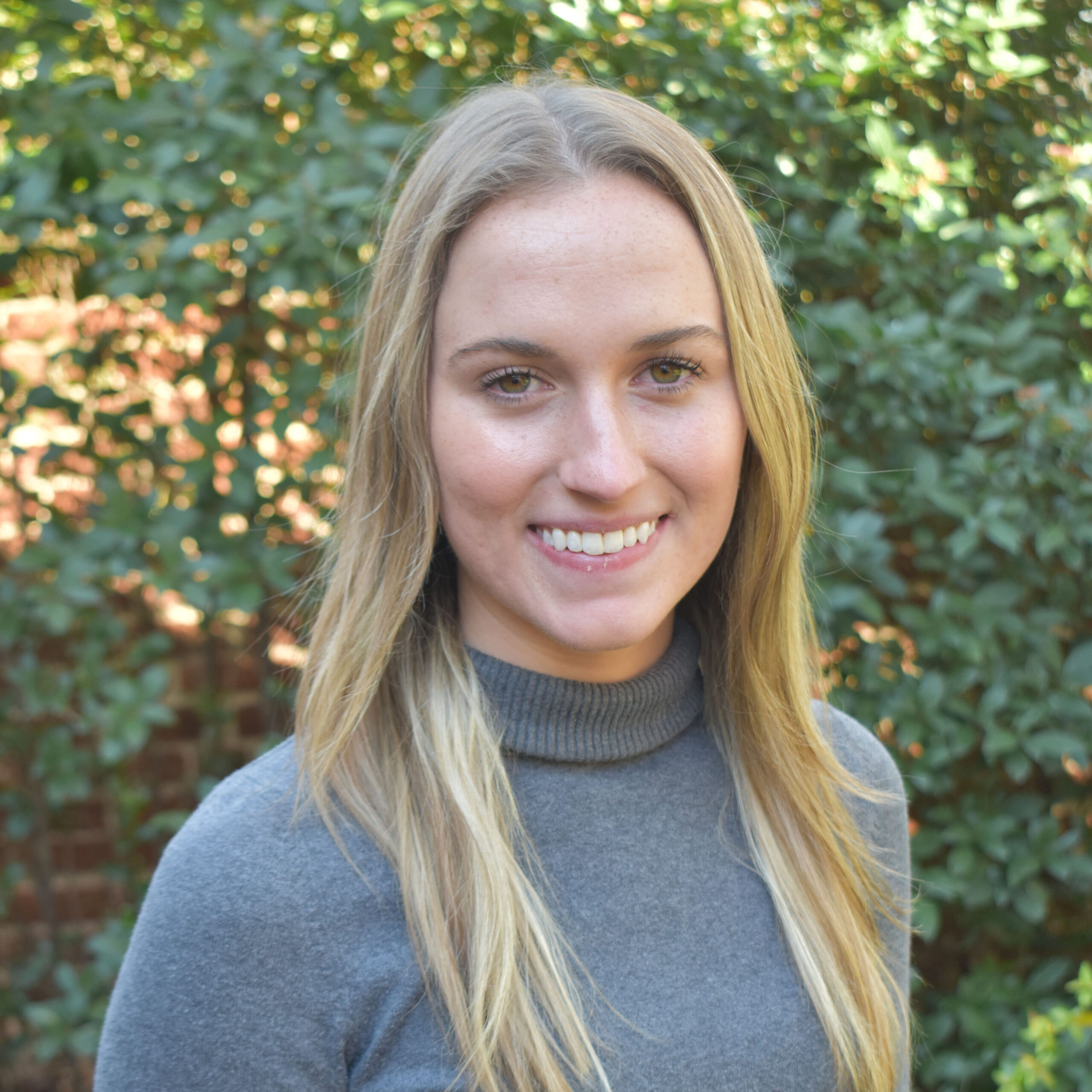
Madison Rousculp
Rousculp is a journalism student at the University of South Carolina. She completed an internship with the city of Columbia’s Public Relations, Media and Marketing Department and has written news stories for The Daily Gamecock. She plans to attend law school and combine her interests in journalism and law.
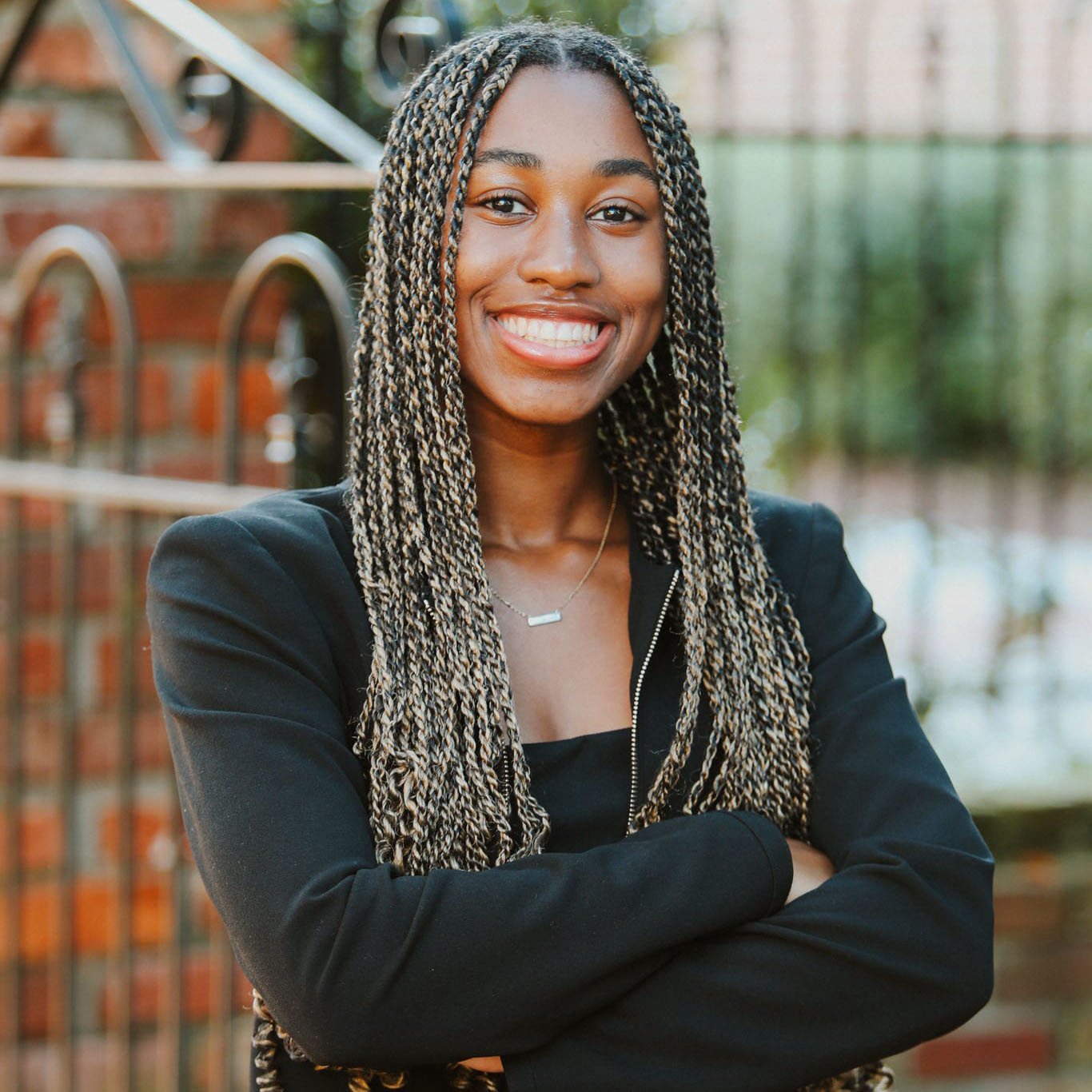
Amia Bennett
Bennett is a senior visual communications major at the University of South Carolina. The Fayetteville, North Carolina, native wants to work in photojournalism or in the creative services field. Her goal is to allow people to visualize her experiences through photos and design.
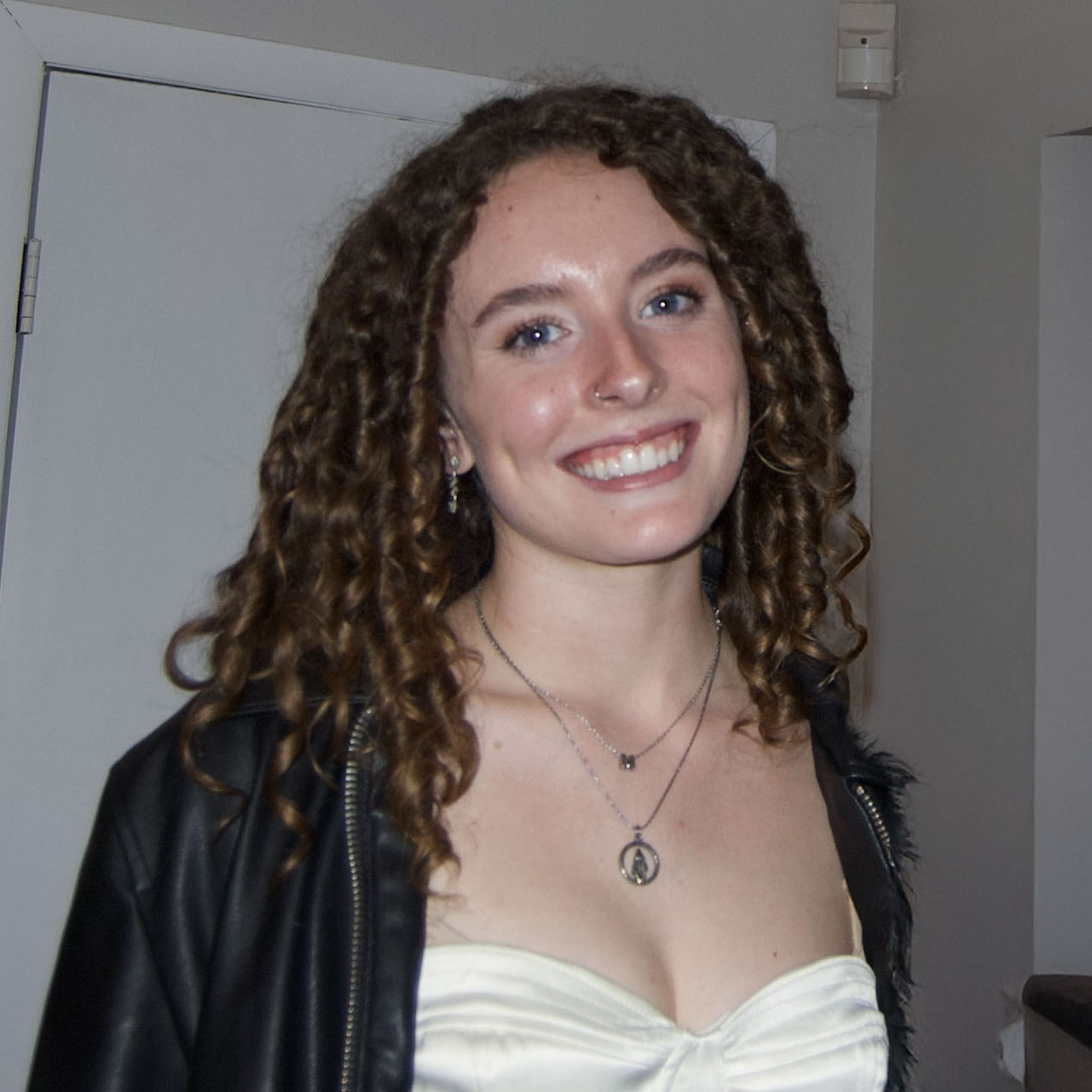
Maddie Farley
Farley is a junior studying mass communications with a minor in business at the University of South Carolina. She hopes to manage and grow an organization’s social media presence across platforms.

